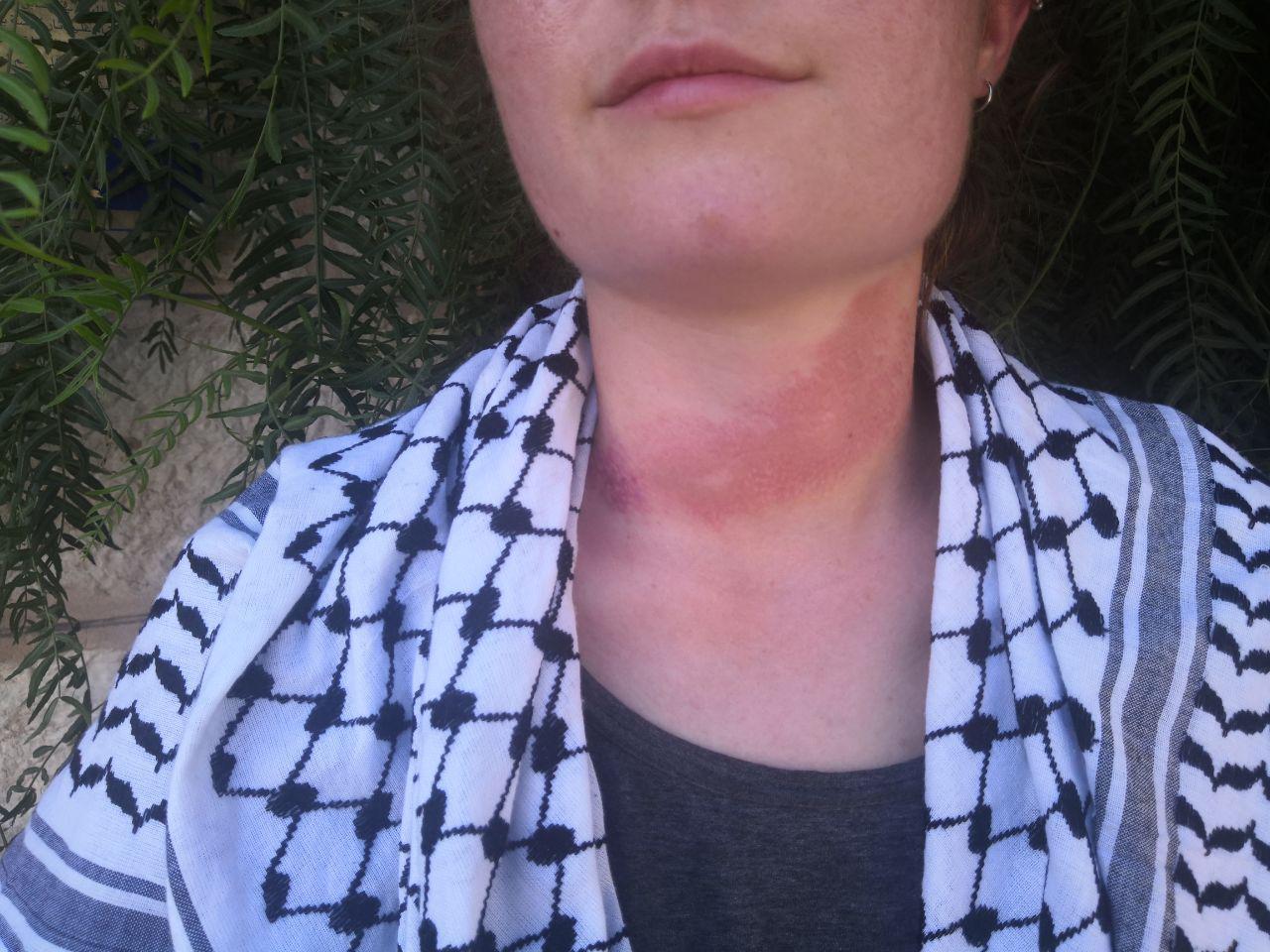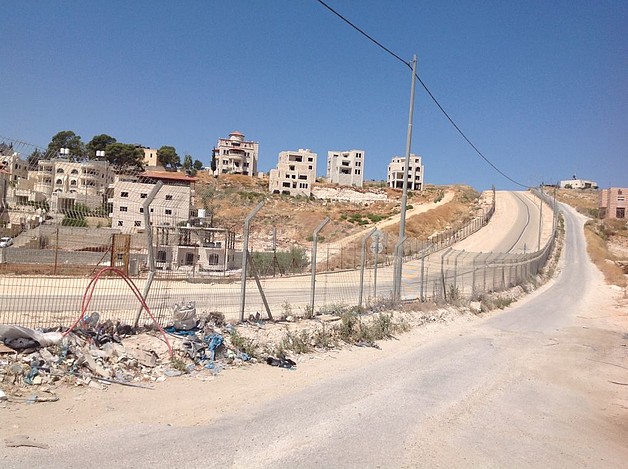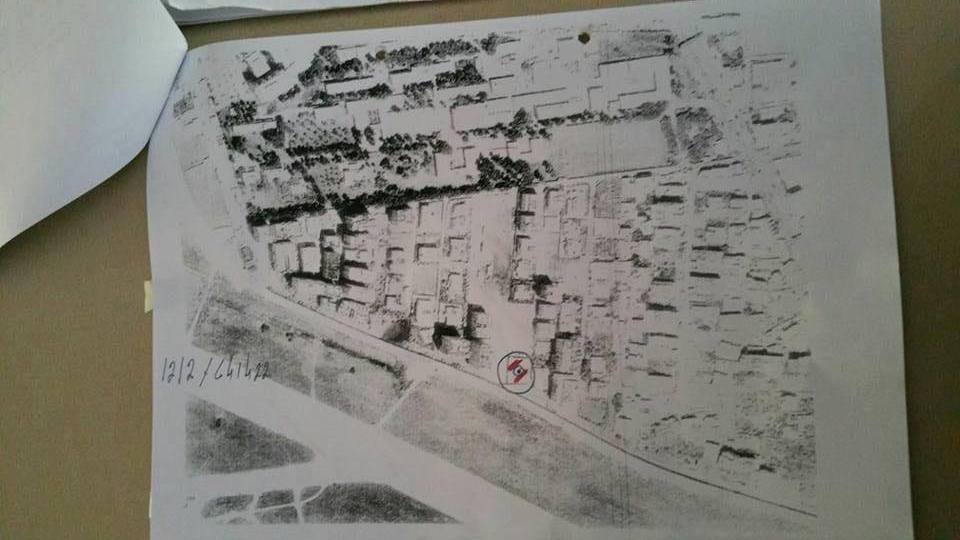Tag: Buffer Zone
-
Palestinians and British ISMers hospitalized in sadistic and brutal display of violence by Israeli soldiers in East Jerusalem demolition
July 23 2019 | International Solidarity Movement | Sur Baher, East Jerusalem occupied Palestine Two Palestinian families lost their homes yesterday in unprecedented mass demolitions in East Jerusalem carried out by 900 Israeli soldiers who hospitalized Palestinians and ISMers in a sadistic and brutal eviction operation. During the invasion of the two occupied buildings Israeli…
-
Mondoweiss: Israel is planning on demolishing dozens of East Jerusalem homes under PA control
July 18 | Yumna Patel | Mondoweiss In less than 24 hours, 42-year-old Ismail Obeidiya, his wife Nida, and their six kids, could be made homeless. It’s a terrifying reality that Obeidiya is struggling to grapple with, his unease and frustration more palpable with every word. “We fought so long and so hard, for years,…
-
Residential buildings in Qalandia facing demolition
6th July 2017 | International Solidarity Movement, Ramallah Team | Qalandia, occupied Palestine Four buildings are at risk of being demolished by Israeli authorities close to Qalandia checkpoint, occupied West Bank. One of these buildings is still under construction, and the other three are undergoing major renovations, yet most of the apartments have already been…



